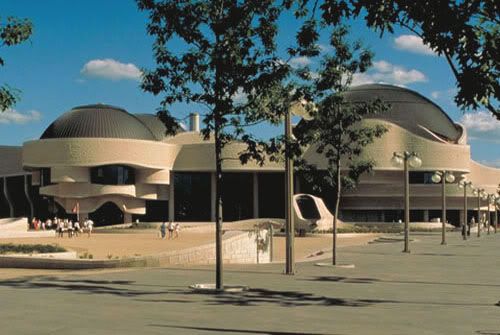I've always been bothered by Bresson's films ever since I watched a whole retrospective of them at the Cinematheque Ontario a few years back.
Well, thanks to TFO (la télévision éducative et culturelle de l'Ontario français - as their website describes it), there have been a few Bresson films to watch recently.
Two that I taped, and watched at least twice – more if I include the repeat shows later during the week - are "Au Hazard Balthazar" and "Mouchette".
I've even consulted a couple of books from the library[1,2] to elucidate to me the greatness of these films.
Needless to say, it is very difficult to find any negative criticism of Bresson's films. This is hardly surprising, since most of his critics are the type that would never watch a "Hollywood movie", let alone a film as romantically glossy as "Black Beauty".
My only conclusion is that Bresson believes in degrees of sin. He starts from the truly wilful sinners and goes on to those that seem to sin as though some automatic hand were guiding them to expose their weakness.
He seems to say that the hard and deprived life Mouchette leads might be the reason for her weakness. The evil around her (her alcoholic father, Arsène who rapes here) act as an explanation for her "unwilled" sins and her final act of suicide.
With "Au Hazard Balthazar", he sets the backdrop of a donkey as a saint (what do animals know of sin, anyway?) and contrasts it with truly unsavoury characters who then appear to downplay the waywardness of those who once again seem to act on unconscious automation. Thus, Balthazahr is the saint, Marie performs sin as a reaction to her environment, and Gérard is the true evil.
Bresson excuses this secondary category, those with unwilled waywardness. They’re close to being good, he says, so their breech from righteousness is not their fault.
I think this is the mindset of someone who tries to defy God, who tries to rewrite God’s word, and who is so self-centered or arrogant to consider his "petits péchés" worthy of correction, or even expiation. These small deviations can add up to bigger ones, as we witness with Mouchette's demise.
Finally, if he believes in degrees of sin, where Marie, who succumbs to Gérard’s evil seductions is less sinful than Gérard (who beats the donkey and later Marie) because she "can’t help herself", then he has entered dangerous territory.
It is dangerous to relativise sin. To each his own, and to each his own exit, is the only mindset that works.
----------------------------------------------
1. The Films of Robert Bresson. Ed. Ian Cameron. Praeger Inc., NY, 1970
2. Robert Bresson : a spiritual style in film. Joseph Cunneen. Continuum , New York, 2003.







